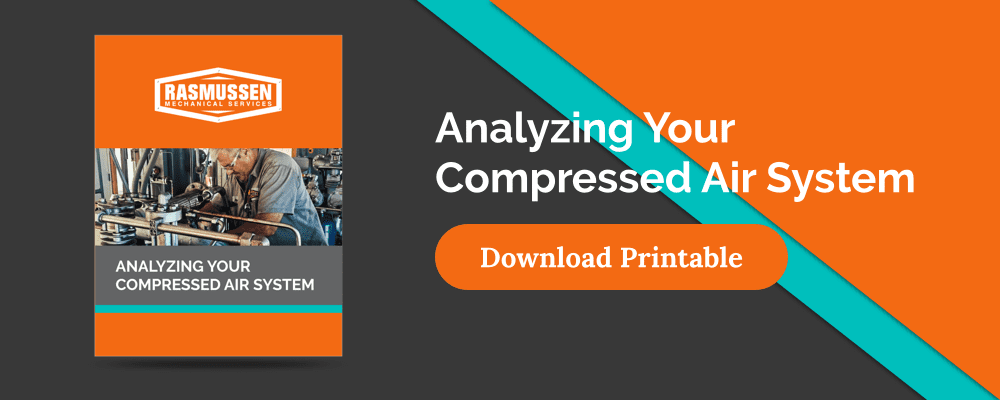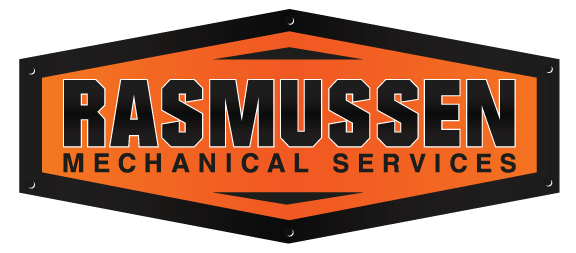The summer heat can decrease the performance of your commercial air compressors. To stay ahead and prevent mechanical issues, it’s essential to prepare your compressor.
When keeping the compressor in optimal shape, and having an operating environment well suited to the technology, an air compressor is capable of working under all types of weather. With periodic maintenance of your compressed air system, you could enjoy optimal performance throughout the year with minimal downtime. Therefore, it’s a smart move to jot down the following steps onto select seasonal dates of your working calendar.
Step #1: Inspect the Drains
Condensation levels are expected to rise during the summer months, and it can cause many issues if left unchecked. The built-up moisture can impact the performance of pneumatic tools and also erode the mechanisms within an air compressor. Plus, if the drains fail and water buildup gets out of hand, it could spoil a production or even cause an air compressor to shut down.
To keep drains in optimal condition, check for:
- Heightened demands placed on the compressor once temperatures spike.
- Any water buildup, blockage, and oil separators.
- The capability of handling the increased flow of water from the air compressor.
Tip: Oily water shouldn’t be released into the drain of the air compressor. The condensate should first be treated, via oil separators, before it makes its way to the drain.
Step #2: Clean the Coolers
Maintaining a level temperature around air compressors is integral to the quality of the machine’s performance. If the air surrounding the compressor is hotter than usual due to rising outdoor temperatures, it can affect the performance of pneumatic tools and machines.
To keep an air compressor from overheating during the summer, the coolers must be cleaned each year just as temperatures begin to rise. If the coolers are clogged, it could delay their ability to keep your compressed air system at desired levels. To keep them performing at top shape, complete these tasks several weeks before summer:
- Inspect the coolers for traces of dirt, gunk, or misty residue.
- Clean away any dirt deposits present on the coolers.
Tip: It’s crucial to ensure the air compressor itself maintains consistent temperatures throughout the year, especially in the summer when temperatures are well over 80°.
Step #3: Clean Air & Oil Filters
The filtration system is an essential component of maintaining the efficiency of an air compressor. As long as the air and oil are sufficiently filtered throughout a given cycle, the air compressor can be expected to produce cool air at consistent volumes with an overall smooth performance from the machine. When clogged filters have dirt buildup, pressure drops can ensue, this forces the air compressor to work harder to perform basic functions. To prevent these issues, perform periodic maintenance for oil and air filter. Follow these steps:
- Clean dirt and greasy deposits off oil filters.
- Clear away dust and dirt from air filters.
- Check air and oil filters for signs of buildup.
Tip: If not cleaned properly, air quality can cause severe problems for an air compressor.
[Download the Industrial Air Services Brochure to learn how the experts at Rasmussen can optimize your air systems.]
Step #4: Ventilation Checkup
Along with keeping your air compressor functioning properly, it’s equally as important to maintain a proper environment. It’s essential to inspect the ventilation for the room housing the machine. To prevent the ambient air from becoming too congested, follow these steps on a routine basis:
- Check air vents for dust deposits.
- Clear away dust buildup from air vents.
- Inspect the HVAC system for dust buildup and defects.
Tip: Even with a temperature-regulating HVAC system, routine inspections are necessary to uphold optimal conditions.
Step #5: Regulate the Water Cooling System (If applicable)
To achieve a cool temperature in an air compressor that uses water as the cooling factor, it helps if the water is actually cool! As temperatures rise, the water needs to be even cooler. To ensure the water in a water-cooled air compressor remains cool, follow these actions before each working cycle:
- Check the temperature of the water.
- Adjust the water temperature if necessary when ambient temperatures rise.
Tip: Check the water supply during the hotter months to ensure temperatures are consistent during the fall, winter, and spring.
Step #6: Review Weather Stripping
Keeping up with the air compressor environment is just as important as the machine itself. The performance of an air compressor is affected by its surrounding environment. If a small gap exists around a door when it’s shut, the air is going to pass between the door no matter how tight it’s locked. The same applies to window gaps. To prevent these factors from compromising the air quality in your compressor room, apply weather stripping as needed.
Tip: Apply weather stripping to dilute elements gaining access to the air flow where an air compressor may be.
Step #7: Inspect the Insulation
You should be maintaining insulation year-round, not just in the summer. Proper insulation will help rooms remain at an optimal temperature, whether it’s hot or cold outside.
Did you know it’s crucial to maintain a consistent temperature year-round for your #AirCompressor? As temperatures soar above 80°, @RasMech is helping you beat the summer heat with these 8 tips: Click To TweetPerform inspections to prevent dilution of air insulation like:
- Check for gaps between the walls and window sills.
- Inspect the doorways for gaps along the top, bottom, or sides.
- Inspect the walls and ceiling for holes and cracks.
Tip: Cracks or holes can occur along the wall, ceiling, or trimming. It’s crucial to inspect these areas semi-regularly and patch up any holes or cracks that do materialize.
Step #8: Pinpoint & Fix Air Leaks
Did you know, leaks in a compressed air system often waste 50% of the compressor’s total output?
Air leaks are the mortal enemy of a compressed air system. When performance lags, most operators try to remedy it by cranking the pressure on the system. If there is an air leak, this method leads to increased wear and tear on the internal mechanisms of an air compressor.
To prevent this from happening:
- Check for possible gaps between the air compressor and pipes.
- Check for gaps between pneumatic tools.
- Inspect the air pipes for holes.
Tip: When air leaks form in a compressed air system, performance weakens, and operations become less efficient.
The summer can cause many problems for your compressed air system if left unchecked. Follow these eight simple steps to maintain a proper machine and environment:
- Inspect the Drains
- Clean the Coolers
- Clean Air & Oil Filter
- Ventilation Checkup
- Regulate the Water Cooling
- Review Weather Stripping
- Inspect the Insulation
- Pinpoint & Fix Air Leaks
Need help making sure your compressed air system is running correctly? Reach out to the professionals at Rasmussen Mechanical Services to see what we can do for you.




